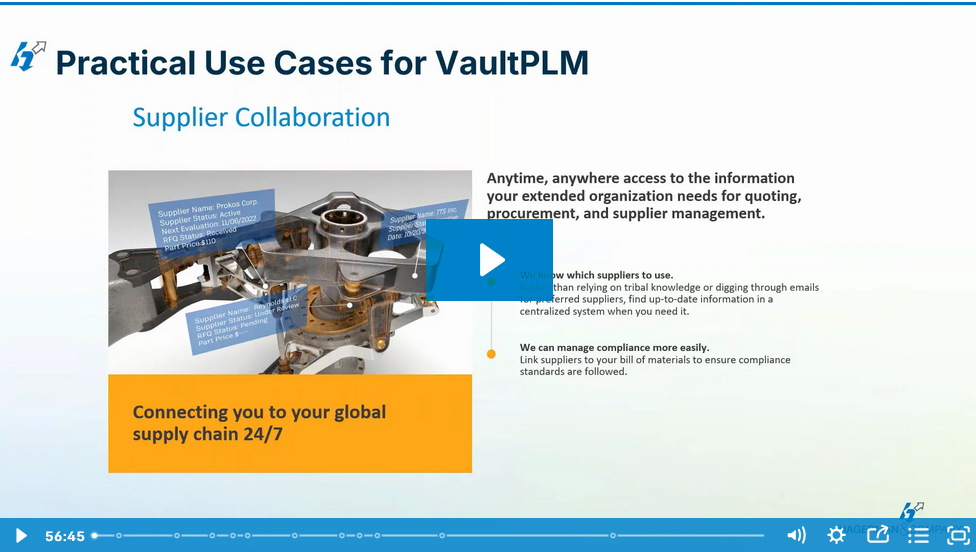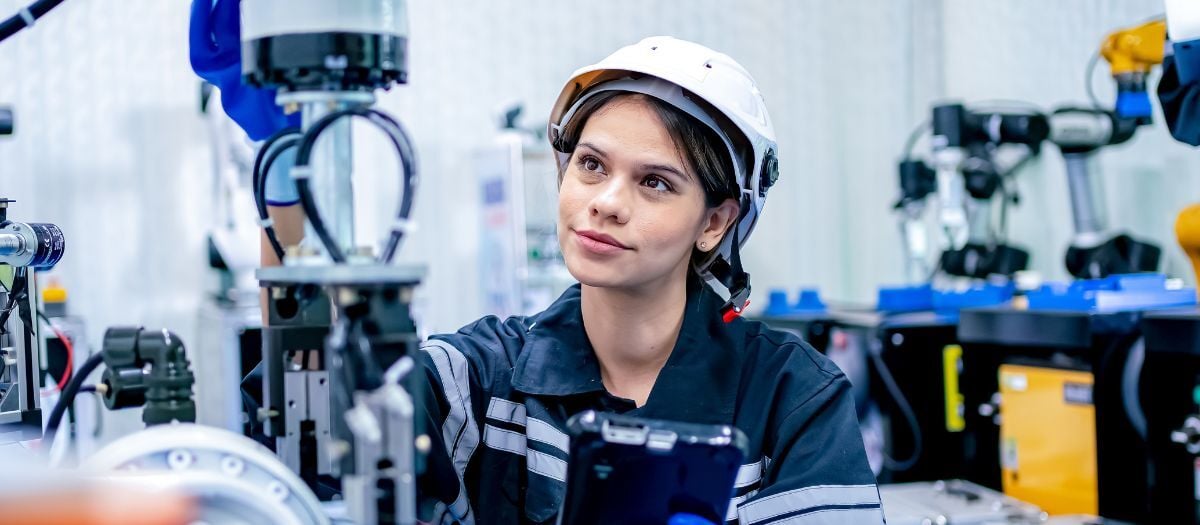Teamwork is the cornerstone of success. And in the engineering world, that’s no different.
Engineering projects – particularly those of complex and long-scale nature – demand meticulous planning and strict adherence to budgets, timelines, and safety standards. But achieving that can’t be done alone. Hitting these goals requires an intelligent approach rooted in harmony.
After all, what is engineering if not an exercise in streamlined collaboration?
Sometimes that’s easier said than done and, quite simply, outdated operations and technology are often the culprits. The challenges that engineering teams face are due to managing intricate projects across disjointed systems and isolated data silos. With 75% of employees rating teamwork and collaboration as very important, a lack of collaboration is a major cause of inefficiency. Simple processes aren’t as easy as they should be, leading to a lack of innovation and unwanted frustration.
Further, a lack of collaboration also hinders leadership from project directors who end up making decisions rooted in confidence with what feels right – rather than information and data. This misdirected leadership leads to longer project timelines and even significant cost factors. Poor leadership and lost productivity lead to disengaged employees, which costs up to $1.2 trillion dollars per year.
Yet these roadblocks – and their causes – remain common in manufacturing companies. How can project leaders and engineers break down silos and collaborate more successfully?
In this article, we discuss the future of engineering collaboration, common roadblocks, and how to effectively sidestep these obstacles. We’ll illustrate how the suite of Autodesk® engineering solutions offer a set of tools that help bridge efficiency gaps – from sales to project management to engineering to operations. Spoiler: Autodesk® has the capabilities you need for project execution excellence.
Let’s dig into what challenges might be holding your project back, and how you can overcome them.
Roadblock 1: Longer Timelines with Current Project Management Models
Navigating a complex project with multiple teams is difficult enough. Doing so with each team using different systems and workflows is next to impossible. These situations often lead to frustration, miscommunication, and inefficiencies, meaning the projects take longer to complete.
Interested in upgrading your engineering document management? Discover the 5 industry-proven best practices.
As a project leader, you probably know there’s a better way to approach these issues. But it’s tough to push pause and set up new systems. It’s likely you’re already using some form of Autodesk® software – but are you tapping into its full potential?
These tools offer more than just blueprints. They are bridges that connect teams, bringing all project stakeholders onto the same page, streamlining collaboration and fostering engineering innovation.
These are some common frustrations that can be solved once your technology is used to its maximum potential:
- System inaccuracies across complex projects
- Multiple teams using different platforms
- Poor workflows causing frustrations
Roadblock 2: Slower Decision-Making and Strategic Planning Lead to Increased Costs
Data silos slow down teams across an entire manufacturing company – and it’s not just specific to engineering. Effective collaboration is much harder without the proper tools to share and access information. This results in slower decision-making and hinders strategic planning, leading to extended project timelines and increased costs!
Here are the most common roadblocks we see engineering project managers struggle with that relate to decision-making:
- Data silos preventing quick decisiveness
- Under-utilized tools preventing quick engineering updates
- Increased costs from prolonged project timelines
Connected project engineering tools, when used correctly, break down these barriers. They empower teams to work together efficiently, ensuring that data flows seamlessly from design to execution. With these tools in place, you can improve the speed of decision-making and take a more agile approach to strategic planning.
Project leaders can think not only about what needs to be done today – but what needs to be done tomorrow, next week, and beyond to stay on track.
Roadblock 3: Complex Processes and Less Productivity
It’s no secret that ineffective communication leads to operational inefficiencies – resulting in misalignments and redundancies. These complex processes affect daily project engineering tasks and organizations on the whole because the limited number of project leaders on staff don’t have access to all the information they need.
Basically, they’re playing catchup when they should be thinking ahead. Teams must find a way to bridge these gaps or they risk losing productivity, not to mention the cost of the loss of productivity!
In our years of experience supporting engineers and the teams they work with, we’ve found the best leaders (engineering or not) are open to influence from others. The Harvard Business Review highlights how a collaborative approach to problems is a vital ingredient to success. They write:
“Even the right decision can lead to the wrong outcome if you’re unsuccessful in creating a shared understanding of how to successfully implement the change.”
In other words, if you’re not working together, you’re working against each other. It’s really that simple. When engineers and project managers aren’t running at the same level, they experience:
- Operational inefficiencies that frustrate everyone
- Confusing or misaligned workloads
- Lack of direction from project leaders
How to Bridge the Gap with Connected Engineering Tools & Software
Data doesn’t need to be siloed. Data doesn’t need to be complex. It is possible to break through these roadblocks and foster better workflows.
Siloed data and outdated workflows are the Achilles Heel of organizational success. The reality is that, in the manufacturing and engineering world, you can’t be too efficient. But how can you improve the workflows of your project workflows across different teams?
To start, understand the value of your technology and software tools. Autodesk®’s products can help project leaders not only address these common roadblocks – but prevent future issues from developing.
Once you unlock all the features of your technology, the next step is to automate your workflows. By automating processes, your organization can manage more work with the same number of people, gain important insights, and ultimately make better decisions sooner.
At Hagerman, we empower engineers to tap the full potential of their teams. Only Autodesk® offers a comprehensive set of software tools for the design of large-scale engineering projects and the buildings that support them, that can be purchased flexibly and implemented in a modular fashion.
Don’t put increasing efficiency off. Don’t put solving problems off until the next project – all you need to do is start somewhere.
Are you ready to discover how cutting-edge technology can revolutionize your engineering collaboration? We’re here to help!





Comments